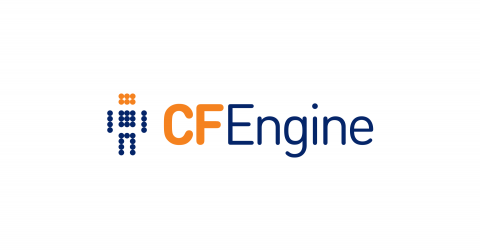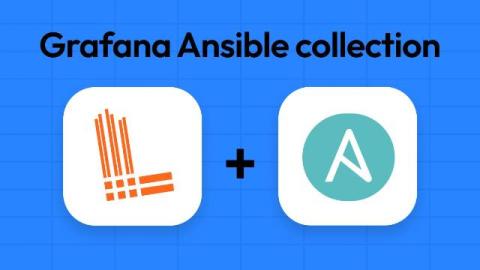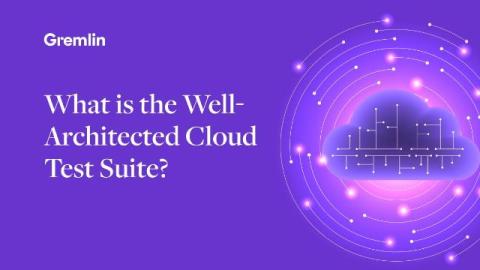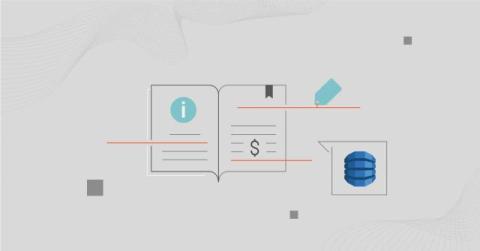Why Our Users Love Our Product
At Qovery, our mission is to create a product that users truly love. Through years of collaboration with various companies and dedicated user feedback, we've identified key practices that help us achieve this goal. This article shares six actionable tips on building a product that delights our users and fosters solid and lasting relationships.











